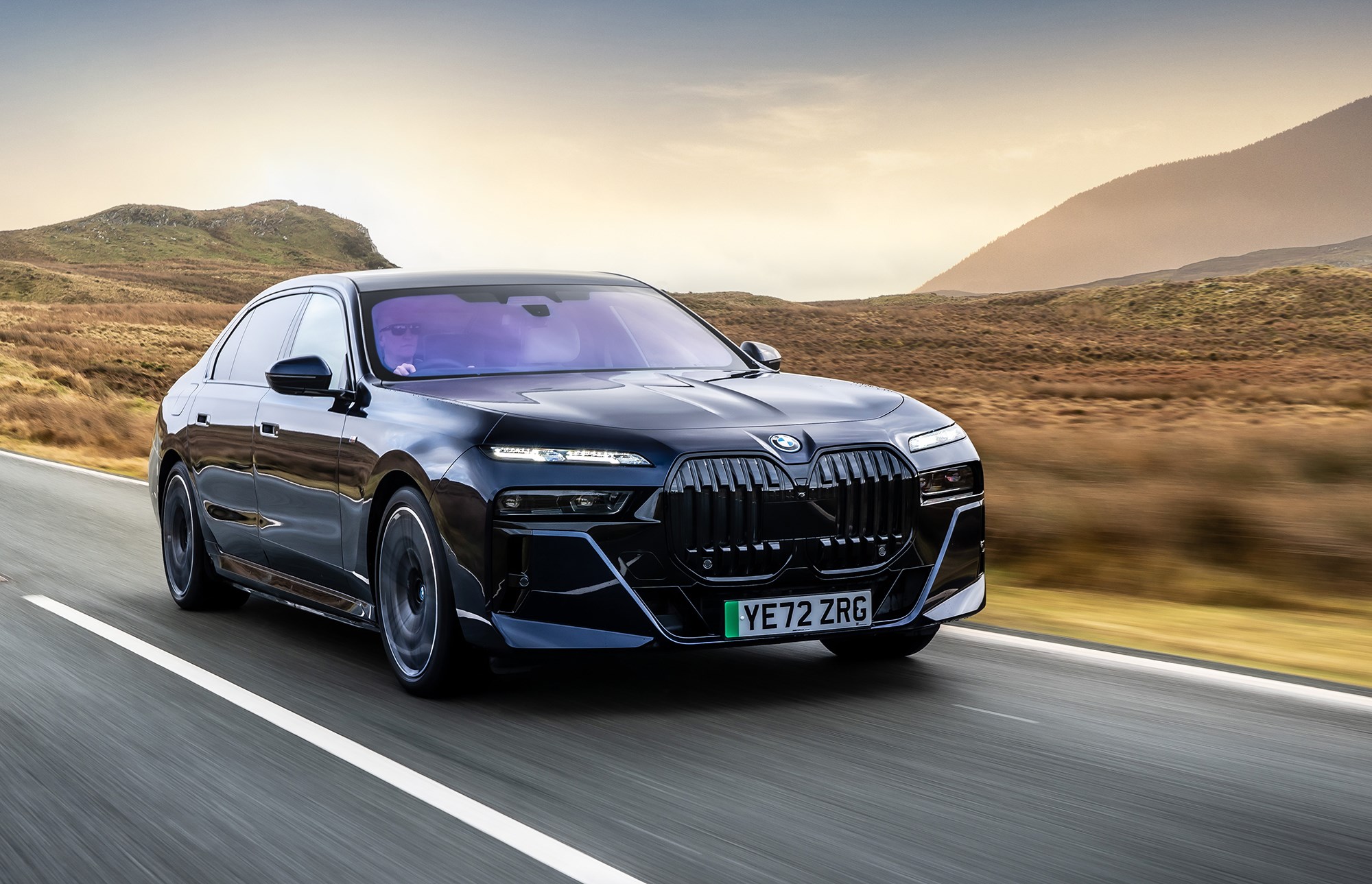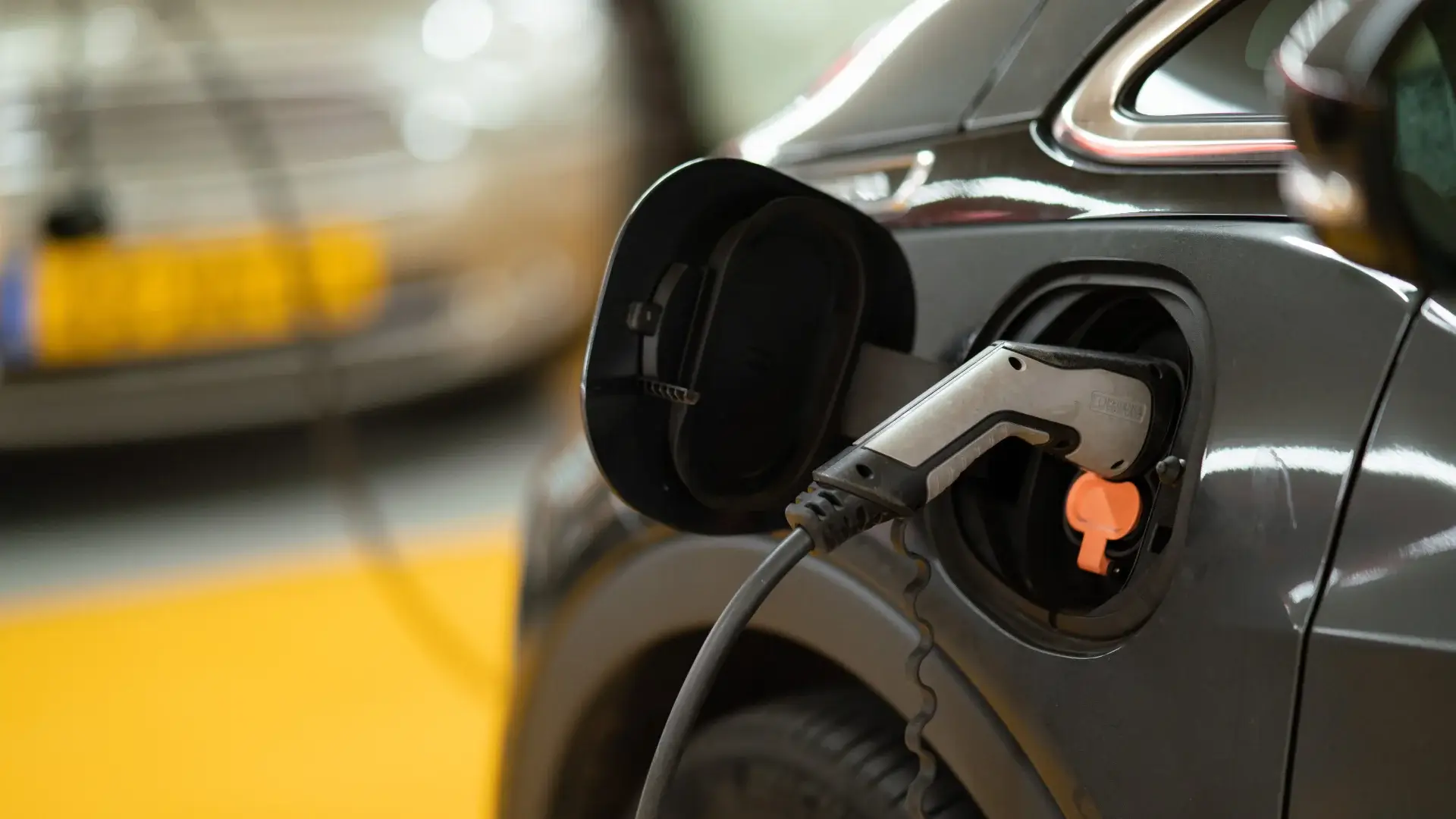What Are Electric Cars and How Do They Work?
What Are Electric Cars and How Do They Work? the automotive industry has been undergoing a monumental transformation over the past few decades, and a key player in this revolution is the rise of electric cars. These vehicles, once considered niche and experimental, are now at the forefront of sustainable transportation. But what exactly are electric cars, and how do they work? In this article, we’ll delve into the mechanics, benefits, and future of electric cars.

Understanding Electric Cars
At their core, electric cars are vehicles powered entirely by electricity, rather than by an internal combustion engine that runs on gasoline or diesel. The most noticeable difference between electric cars and their gasoline counterparts is that they don’t use a conventional engine. Instead, they are powered by an electric motor, which is fed by a battery pack that stores electrical energy.
Electric cars come in various shapes and sizes, from compact city cars to SUVs, all designed with one common goal: reducing the environmental impact of driving. They are considered a significant step forward in the fight against climate change, as they produce zero tailpipe emissions, which means they don’t release pollutants such as carbon dioxide (CO2) into the atmosphere.
The Key Components of Electric Cars
To understand how electric cars work, it’s essential to look at the fundamental components that make them function.
- Electric Motor
The electric motor is the heart of any electric car. It converts electrical energy into mechanical energy, which propels the car forward. Unlike internal combustion engines, electric motors are highly efficient, which means they can deliver more power for less energy. In simple terms, they can turn the electricity from the battery into motion much more effectively than gasoline engines can. - Battery Pack
The battery pack is the energy source for electric cars. Typically made up of lithium-ion cells, these batteries store the electrical energy that the motor uses to operate. The capacity of the battery pack determines how far an electric car can travel on a single charge. Battery packs are one of the most expensive components in electric cars, but advancements in technology are continually making them more affordable and longer-lasting. - Inverter
The inverter is a critical component that converts the DC (direct current) electricity stored in the battery into AC (alternating current) electricity, which powers the electric motor. Without the inverter, the motor wouldn’t be able to function properly. - Charging System
Just like your smartphone, electric cars need to be recharged after use. Charging is typically done through a home charging station or a public charging network. The charging system is an essential part of the infrastructure that supports electric cars. Depending on the type of charger, recharging times can vary from a few hours for a home charging unit to just 30 minutes with fast-charging stations. - Regenerative Braking
Electric cars are equipped with a regenerative braking system, which helps improve efficiency. When the car slows down or brakes, the electric motor switches into reverse, acting as a generator that converts the car’s kinetic energy back into electrical energy. This energy is then stored in the battery, extending the driving range.
How Electric Cars Work
Now that we know the key components, let’s take a look at how electric cars work in real-world conditions. The process begins when you press the accelerator pedal. This sends a signal to the electric motor to draw power from the battery pack. The motor then generates power and drives the wheels of the car.
The beauty of electric cars lies in their simplicity. Unlike internal combustion engine vehicles, which require complex mechanisms like a gearbox and a transmission system, electric cars have fewer moving parts. This results in lower maintenance costs, fewer chances of mechanical failure, and an overall smoother driving experience.
When you decelerate or brake, the regenerative braking system kicks in, converting the car’s kinetic energy into electrical energy and feeding it back into the battery. This cycle of using electrical energy to power the motor and regenerating some of that energy through braking helps maximize the efficiency of electric cars.
Charging the battery is just as simple as plugging in your car at home or at a charging station. The car’s onboard charging system manages the flow of electricity from the charger to the battery, ensuring that the battery is charged at the appropriate rate to prevent overcharging.
Advantages of Electric Cars
The benefits of electric cars go beyond just being a cool new technology. Here are some of the key advantages that make them an appealing option for today’s environmentally-conscious consumer:
1. Environmental Benefits
One of the most compelling reasons to drive an electric car is its positive impact on the environment. Since electric cars produce zero tailpipe emissions, they contribute significantly to reducing air pollution. This is particularly important in urban areas, where traffic congestion and pollution are major concerns. By driving an electric car, you’re helping reduce harmful emissions like nitrogen oxides and particulate matter that contribute to smog and respiratory problems.
2. Lower Operating Costs
The operating costs of electric cars are typically much lower than those of traditional gasoline-powered vehicles. Electricity is generally cheaper than gasoline, and electric cars require less frequent maintenance. There are no oil changes, fewer moving parts to wear out, and brakes that last longer thanks to regenerative braking. Over time, these savings can add up significantly, making electric cars an economical choice.
3. Energy Efficiency
Electric cars are inherently more efficient than gasoline-powered vehicles. While internal combustion engines convert only about 20-30% of the energy in gasoline into motion, electric cars can convert over 85-90% of the energy stored in their batteries into propulsion. This higher efficiency means that electric cars can travel further on the same amount of energy, contributing to their reputation as a sustainable choice for long-term transportation.
4. Quiet and Smooth Driving Experience
Another benefit of electric cars is their quiet operation. Without the constant noise of a gasoline engine, driving an electric car feels much smoother and more serene. The absence of engine noise, combined with the instant torque provided by the electric motor, creates a driving experience that’s both powerful and peaceful.
5. Less Maintenance
Because electric cars have fewer moving parts compared to traditional vehicles, they require less maintenance. For example, there are no spark plugs, timing belts, or exhaust systems to worry about. Regular maintenance typically involves checking the battery’s health, maintaining tire pressure, and ensuring the brakes are functioning properly.
Challenges Facing Electric Cars
While electric cars offer a wealth of advantages, they are not without their challenges. Some of the primary obstacles include:
1. Range Anxiety
Although advancements in battery technology have led to longer ranges for electric cars, some drivers are still concerned about running out of charge before reaching their destination. However, as the infrastructure for charging stations expands, this issue is gradually being alleviated. Moreover, the development of ultra-fast charging systems promises to make refueling an electric car as quick and convenient as filling up at a gas station.
2. High Initial Cost
One of the major barriers to widespread adoption of electric cars is their higher upfront cost. The cost of the battery is a significant factor in the overall price of the vehicle. However, as battery technology advances and production scales up, prices are expected to come down. Additionally, many governments offer tax incentives and rebates to encourage consumers to switch to electric cars.
3. Charging Infrastructure
While public charging networks are expanding rapidly, the availability of charging stations is still limited in certain regions, particularly in rural areas. This can make long-distance travel with an electric car more challenging. However, this issue is being actively addressed by both private and public sectors, with major efforts to build more charging stations across countries.
The Future of Electric Cars
The future of electric cars looks brighter than ever. With increasing environmental concerns, advances in technology, and supportive government policies, electric cars are poised to become a mainstream transportation solution. Innovations in battery technology, such as solid-state batteries, promise even greater energy densities and faster charging times.
Governments around the world are also implementing stricter emissions regulations, which are pushing automakers to invest more heavily in electric cars. As a result, we can expect a future where electric cars dominate the roads, reducing the carbon footprint of transportation and helping combat climate change.
Electric cars represent a significant shift in the way we think about transportation. They offer a cleaner, more efficient alternative to traditional gasoline-powered vehicles, with the potential to transform the automotive landscape. While challenges remain, the ongoing advancements in technology and infrastructure are making electric cars more accessible and practical than ever before. As we move towards a greener future, electric cars will undoubtedly play a pivotal role in creating a more sustainable world.





